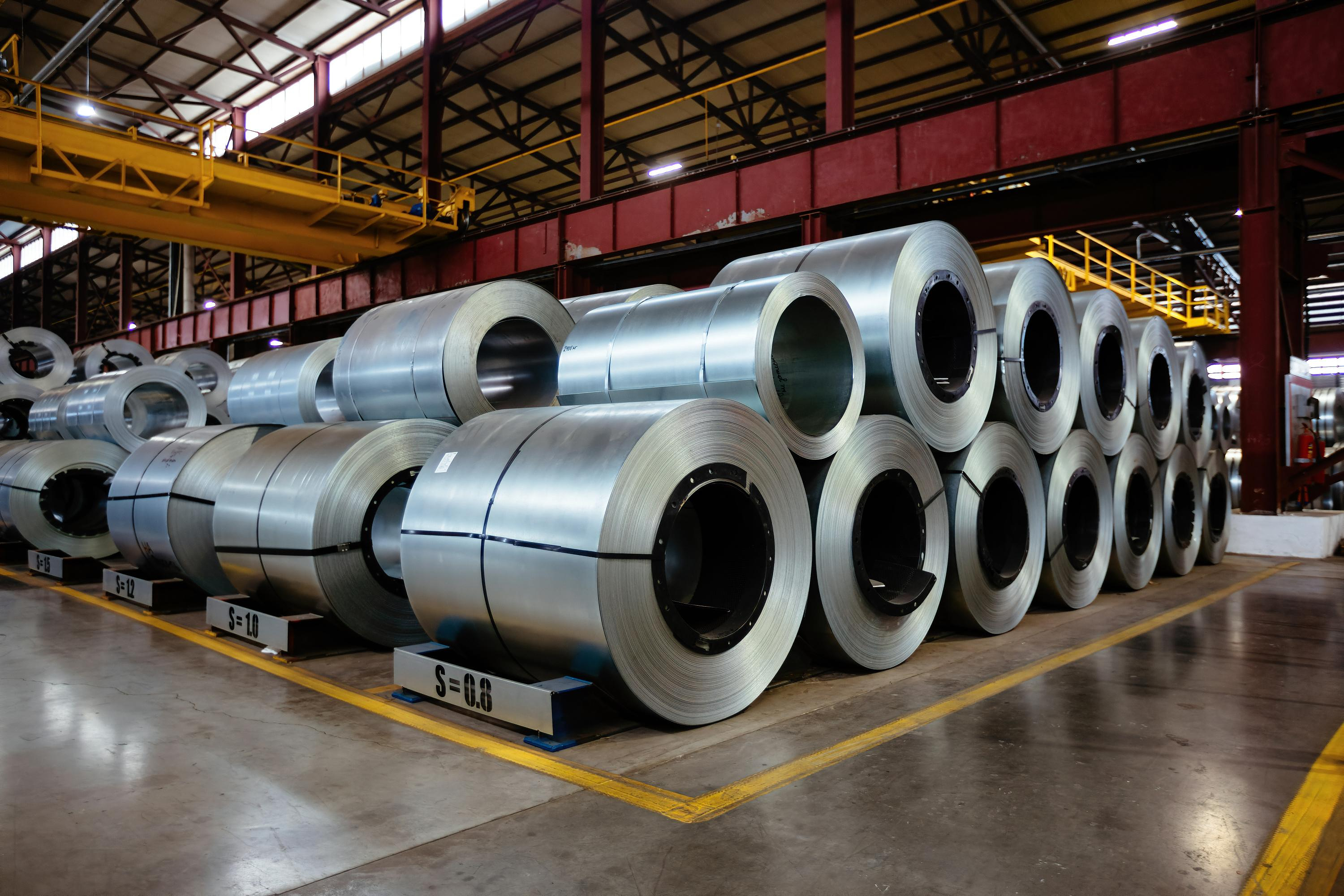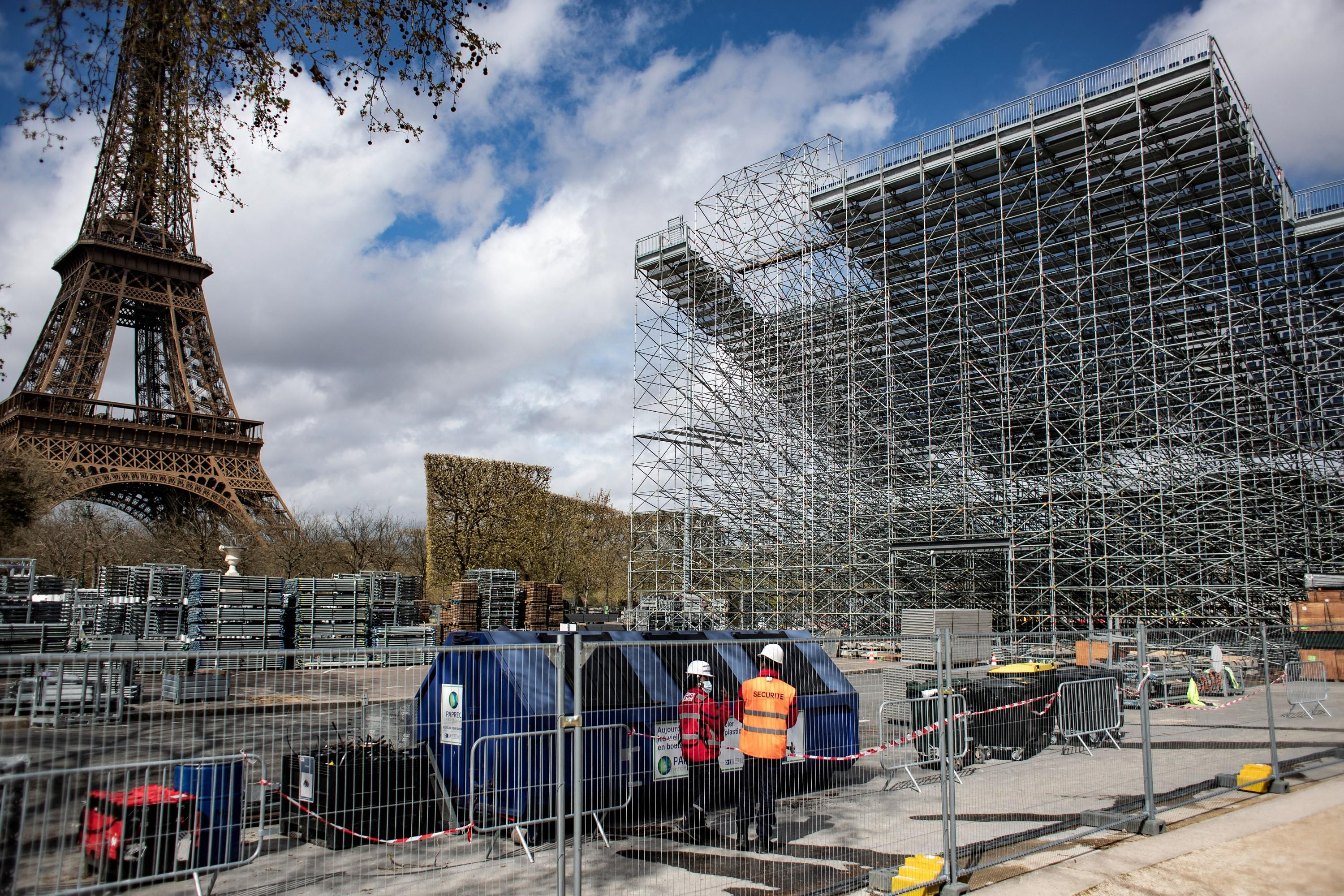136 communities from 57 countries applied, 32 were chosen and can count themselves among the “best” villages in the world, twelve of them in Europe. As in the previous year, no candidate from Germany qualified, but two villages each from Austria and Switzerland are at the top of the world, which we present in more detail here.
The UNWTO organized the competition. It was particularly important to the United Nations Tourism Organization that locals and tourists alike feel at home in the award-winning villages. Other criteria: The cultural heritage and local gastronomy should be promoted. Good infrastructure and transport links. The place should be so attractive for the residents that they do not migrate. And everything should be as sustainable as possible.
Speek hiking, i.e. temporary hiking, paragliding and mountain biking: International athletes will compete in these three disciplines in Wagrain on July 8, 2023: Aerothlon is the name of the extraordinary three-way battle. The competition shows that the village is an attractive travel destination, especially for active vacationers.
Sport is generally very important in Wagrain: In the nearby Snow Space Salzburg ski area, winter sports enthusiasts can whiz down 210 kilometers of slopes, and in 85 huts you can strengthen yourself in between or for après-ski. A new panoramic train connects twelve peaks and five valleys. The operators advertise with “100 percent snow reliability” – that is no exaggeration this winter, in mid-March the snow was 150 centimeters deep.
Outside the winter season, there are signposted mountain bike trails (150 km) and 250 marked hiking trails that lead to crystal-clear mountain lakes and rustic alpine pastures. Also popular for hiking: the local mountain Öbristkopf (1411 meters).
What's more, Wagrain is pleasingly "green", praises the UNWTO: In the town of 3000 inhabitants and in the surrounding area alone there are 45 certified organic farms. The tourism website gives tips on how to get there in the most environmentally friendly way possible and links to a portal on which the ecological footprint of the trip can be calculated. Also commendable: The website lists sustainable accommodation, sustainable activities, sustainable gastronomy and sustainable products that are ideal as gifts, for example herbal tea from the mountain meadow or mountain cheese made from local organic milk.
Further information: wagrain-kleinarl.at
Bananas hang on the trunk of a spruce on the Schmittenhöhe like on a tropical perennial. The banana spruce was part of an open-air exhibition in 2015. Images of it still haunt the web. It is just one example of how Zell am See's local mountain is used.
The UNWTO highlights Austria's first "art and culture mountain" as the "largest exhibition center in Europe". On 18 hectares you can go on an art hike at 2000 meters. Currently on display are 27 mostly oversized works made of wood, stone or ceramics. Art in the great outdoors, in an alpine setting - you can let it work on you in a completely different way than in a closed museum.
Down in the valley, the topic of sustainability is being promoted, which the UNWTO also deserves praise for. The region makes every effort to ensure that guests travel by public transport. Because: Nobody needs their own car on site. With the free “pinzgau mobility card”, many excursion destinations and attractions can be reached by trains, post buses and the Pinzgau local railway around Zell am See – the Krimml waterfalls, the high mountain reservoirs. A car-free holiday is easily possible here.
Tourism companies compete to save water and energy and avoid waste. Guests are served local specialties with organic ingredients or regional foods, for example Pinzgauer Kasnocken or Kaspressknödelsuppe (hearty department) or Kaiserschmarren or Moosbeernocken, a kind of mini pancake with blueberries (sweet department).
The town market of Zell am See with regional groceries is worth a mention by the UNWTO, as is "the beautiful lake", which is indeed picturesquely situated between mountain peaks and is ideal for swimming, sailing and rowing in summer.
Zell am See is already known as a winter sports resort. The nearby Hohe Tauern National Park is one of the "most spectacular high mountain landscapes on earth" according to the UNWTO - and is right in its assessment. A good 10,000 animal species live there, a third of all those found in Austria, such as golden eagles, bearded vultures, marmots and ibexes. Rangers offer guided tours.
Further information: zellamsee-kaprun.com/de
Where does the name come from? It's still a mystery to this day. It is conceivable that Murten derives from the Latin mūrum, which means "wall". It would fit. Because Murten in the canton of Friborg is surrounded by an almost completely preserved medieval city wall. It is the only ring wall in Switzerland that can be walked on: the view over Lake Murten towards Mont Vully and the Jura is magnificent.
And if you turn around, you can enjoy the view of the old town roofs of a place whose early history goes back more than 6000 years. The museum in the old water mill documents them. Don't miss after the city wall: the arcades and the many beautiful fountains in the old town. In addition to Schwyzerdütsch, you also hear a lot of French in the village - no wonder: Murten is on the language border, in French the place is called Morat.
Sustainability plays a major role in Murten, because the place is in the immediate vicinity of the "vegetable garden of Switzerland", the Seeland in the valley with its organic fields. Vegetable paths for hikers and cyclists lead along fields, hedges and canals. Rhubarb and asparagus sprout in spring, and over 60 types of vegetables are cultivated. Farmers invite you to guided tours on their farms.
If you like it sportier: You can cycle around Lake Murten in just over two hours. The body of water attracts visitors early in the year with pleasant bathing temperatures (on average up to 19 degrees in May and 23 degrees in June).
Incidentally, a good 9,000 people live in Murten, making it larger than a typical village. But no problem for the competition: small towns with up to 15,000 inhabitants were allowed to apply.
Further information: myswitzerland.com/de-de/reisezielen/murten
Who knows whether the place would still exist today if nature conservation of a special kind were not practiced above on the steep mountain slopes: Here, on the flanks of the valley, the protective forest has been tended and cared for for centuries. It protects the 1,500-strong village in the western Alps from avalanches.
And he's an attraction. Because where wood is seldom felled and the forest is managed sustainably, unspoilt vegetation develops. A themed hiking trail stretches over five kilometers here, also across alpine meadows and along old walls, which are also intended to protect against the forces of nature. The highest point of the hike, which is also suitable for families with children, is the Gurschen middle station at 2222 meters above sea level. Alpine panorama deluxe.
In general, the mountains of Andermatt. There are mountain lakes, streams and largely untouched nature to be discovered. Eight Alpine passes above the Urseren Valley in the canton of Uri attract tour lovers, a variety that is unusual even for the Alps.
Four rivers have their source on the Gotthard massif – according to Switzerland Tourism, seven percent of the Alpine water flows from them. The sources of the Rhine, Reuss, Rhone and Ticino are connected with the Swiss hiking route 49, the Four Sources Path, over 85 kilometers.
The abundance of water is also used locally: the Ursern power station operates hydroelectric power stations and wind turbines. In Andermatt, sustainable, natural energy sources are used instead of importing energy from abroad, praises the UNWTO.
In winter, guests experience the mountain world on 100 kilometers of signposted snowshoe trails or in the SkiArena Andermatt-Sedrun ski areas with well-developed slopes for families and steep slopes on the Gemsstock.
In summer you can go with goats that transport the luggage to mountain lakes, small glaciers and side valleys. One of the top attractions is the Schöllenen Gorge with the notorious Devil's Bridge.
According to the legend, help was needed to build the breathtaking bridge. The devil offered himself - and fortunately could be outwitted: Instead of a human being, whose soul the devil wanted in return, a billy goat was sent across the newly built bridge. Angered by this, Satan threw a boulder towards the bridge, which he missed. The "Teufelsstein" is still located near the neighboring town of Göschenen at the exit of the Schöllenen Gorge.
With stories like these, the cultural heritage is also cultivated in the canton of Uri. Another aspect that was important to UNWTO when selecting the best villages in the world.
Further information: andermatt.ch

 Knife attack in Australia: who are the two French heroes congratulated by Macron?
Knife attack in Australia: who are the two French heroes congratulated by Macron? Faced with an anxious Chinese student, Olaf Scholz assures that not everyone smokes cannabis in Germany
Faced with an anxious Chinese student, Olaf Scholz assures that not everyone smokes cannabis in Germany In the Solomon Islands, legislative elections crucial for security in the Pacific
In the Solomon Islands, legislative elections crucial for security in the Pacific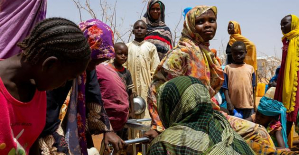 Sudan ravaged by a year of war
Sudan ravaged by a year of war Covid-19: everything you need to know about the new vaccination campaign which is starting
Covid-19: everything you need to know about the new vaccination campaign which is starting The best laptops of the moment boast artificial intelligence
The best laptops of the moment boast artificial intelligence Amazon invests 700 million in robotizing its warehouses in Europe
Amazon invests 700 million in robotizing its warehouses in Europe Inflation rises to 3.2% in March due to gasoline and electricity bills
Inflation rises to 3.2% in March due to gasoline and electricity bills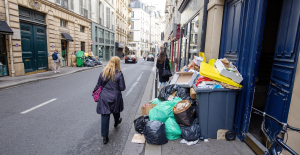 Olympic Games-2024: which professions are likely to strike during the competition?
Olympic Games-2024: which professions are likely to strike during the competition? Pizzas sold throughout France recalled for “possible presence” of glass debris
Pizzas sold throughout France recalled for “possible presence” of glass debris “As for a football player, there is a contract”: Carlos Tavares defends his remuneration of 36.5 million euros
“As for a football player, there is a contract”: Carlos Tavares defends his remuneration of 36.5 million euros Stellantis: shareholders validate the controversial remuneration of Carlos Tavares
Stellantis: shareholders validate the controversial remuneration of Carlos Tavares Dune 3 will be the last film of Denis Villeneuve's adaptation
Dune 3 will be the last film of Denis Villeneuve's adaptation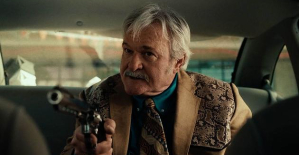 Shane Atkinson, humble disciple of the Coen brothers
Shane Atkinson, humble disciple of the Coen brothers Outcry from publishers against the authorization of advertising for books on television
Outcry from publishers against the authorization of advertising for books on television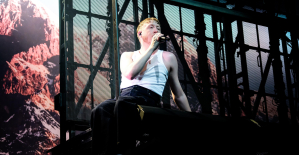 Eddy de Pretto celebrates his “last party too many” at the Olympia
Eddy de Pretto celebrates his “last party too many” at the Olympia Skoda Kodiaq 2024: a 'beast' plug-in hybrid SUV
Skoda Kodiaq 2024: a 'beast' plug-in hybrid SUV Tesla launches a new Model Y with 600 km of autonomy at a "more accessible price"
Tesla launches a new Model Y with 600 km of autonomy at a "more accessible price" The 10 best-selling cars in March 2024 in Spain: sales fall due to Easter
The 10 best-selling cars in March 2024 in Spain: sales fall due to Easter A private jet company buys more than 100 flying cars
A private jet company buys more than 100 flying cars This is how housing prices have changed in Spain in the last decade
This is how housing prices have changed in Spain in the last decade The home mortgage firm drops 10% in January and interest soars to 3.46%
The home mortgage firm drops 10% in January and interest soars to 3.46% The jewel of the Rocío de Nagüeles urbanization: a dream villa in Marbella
The jewel of the Rocío de Nagüeles urbanization: a dream villa in Marbella Rental prices grow by 7.3% in February: where does it go up and where does it go down?
Rental prices grow by 7.3% in February: where does it go up and where does it go down? Europeans: the schedule of debates to follow between now and June 9
Europeans: the schedule of debates to follow between now and June 9 Europeans: “In France, there is a left and there is a right,” assures Bellamy
Europeans: “In France, there is a left and there is a right,” assures Bellamy During the night of the economy, the right points out the budgetary flaws of the macronie
During the night of the economy, the right points out the budgetary flaws of the macronie Europeans: Glucksmann denounces “Emmanuel Macron’s failure” in the face of Bardella’s success
Europeans: Glucksmann denounces “Emmanuel Macron’s failure” in the face of Bardella’s success These French cities that will boycott the World Cup in Qatar
These French cities that will boycott the World Cup in Qatar Dortmund-Atlético: two months before the Euro, Griezmann warms up the engine
Dortmund-Atlético: two months before the Euro, Griezmann warms up the engine Football: Bernd Hölzenbein, 1974 world champion, died at 78
Football: Bernd Hölzenbein, 1974 world champion, died at 78 'Everything comes to an end': Surfing legend Kelly Slater moves closer to retirement
'Everything comes to an end': Surfing legend Kelly Slater moves closer to retirement Athletics: the victory of a transgender athlete causes controversy in the United States
Athletics: the victory of a transgender athlete causes controversy in the United States






